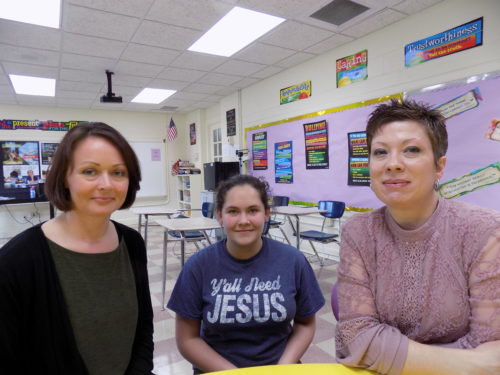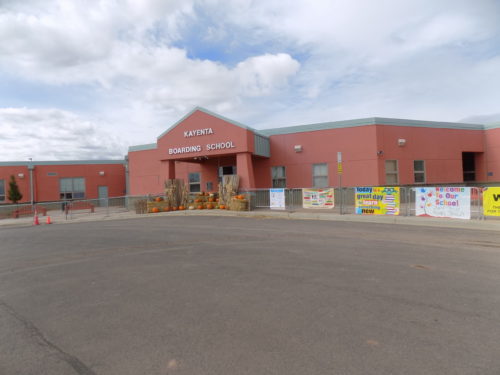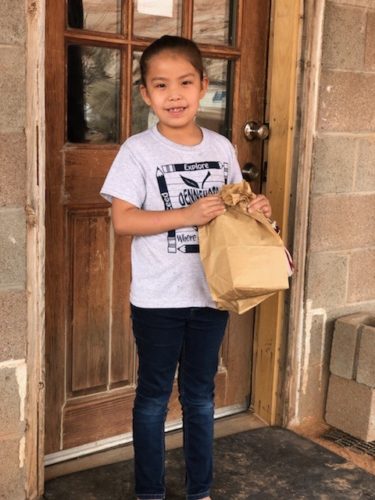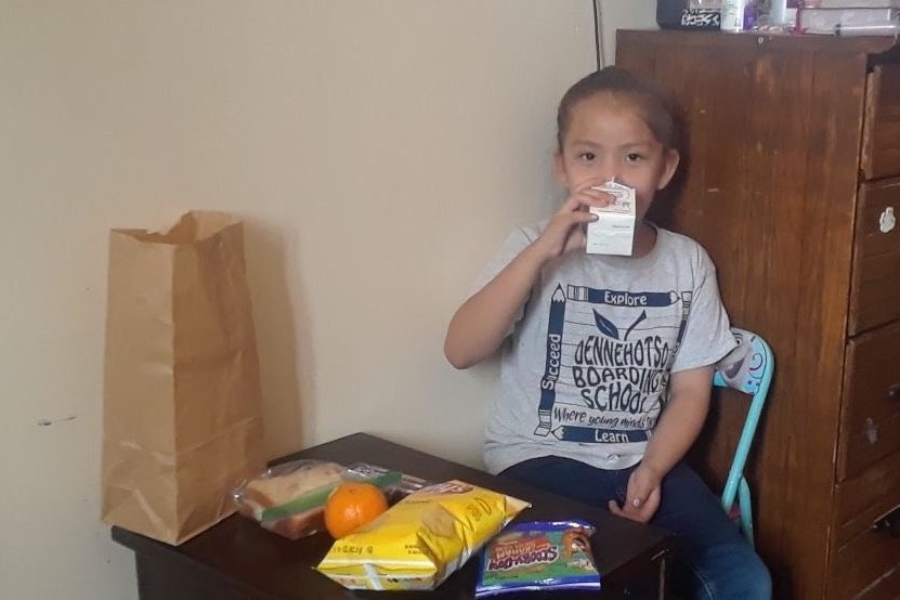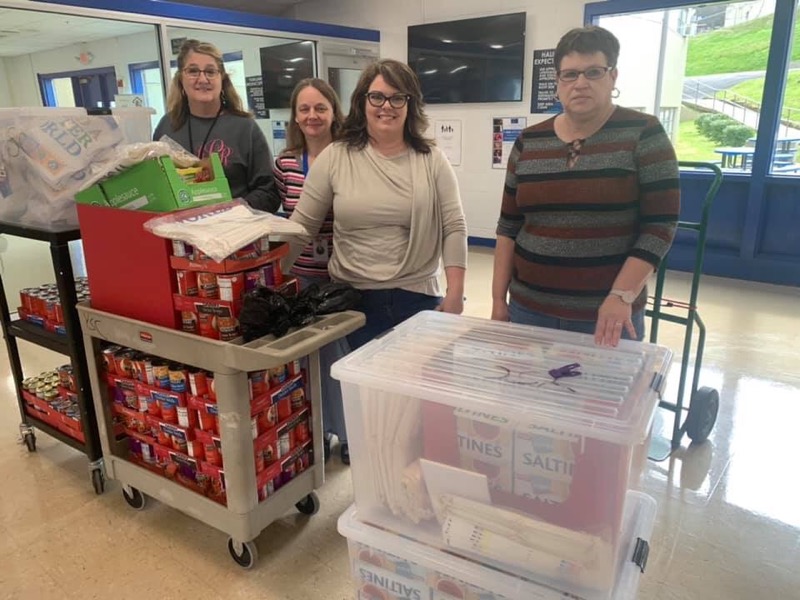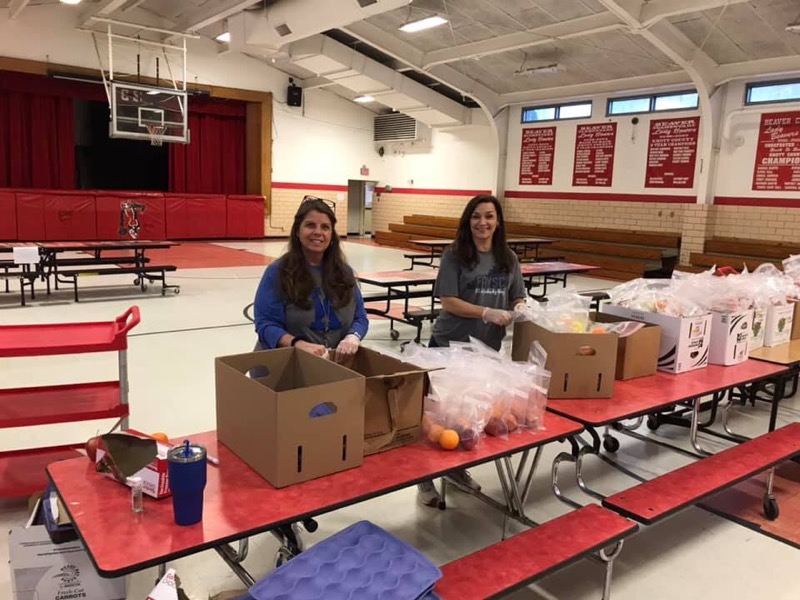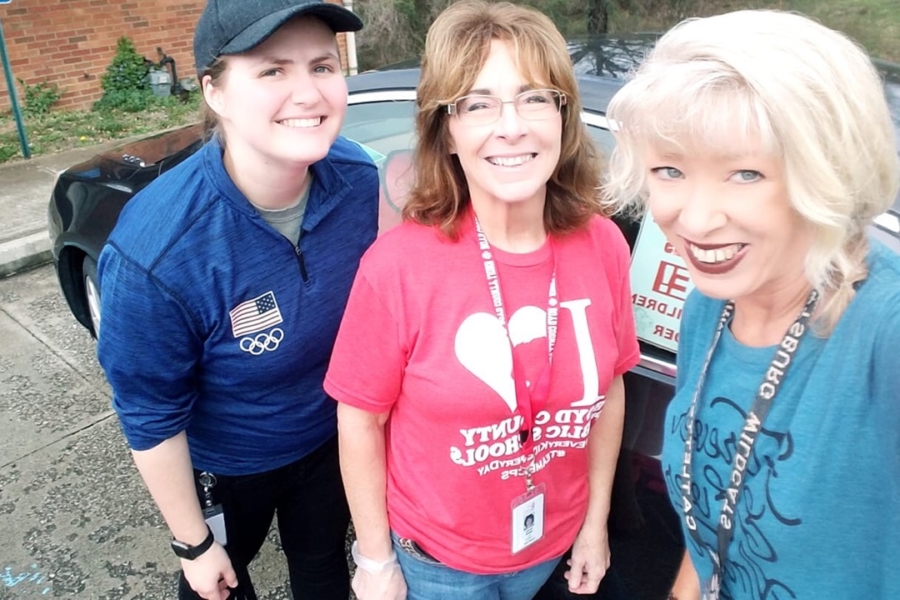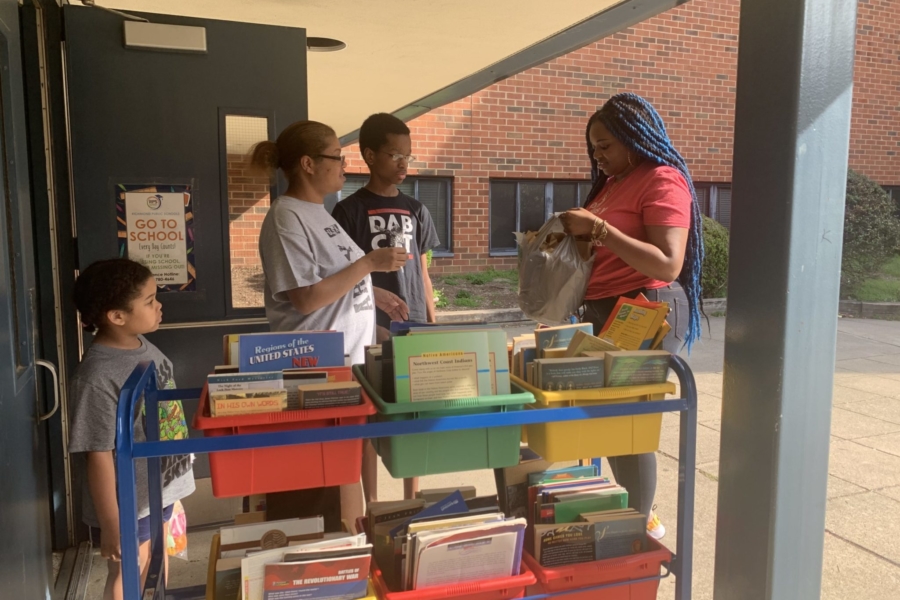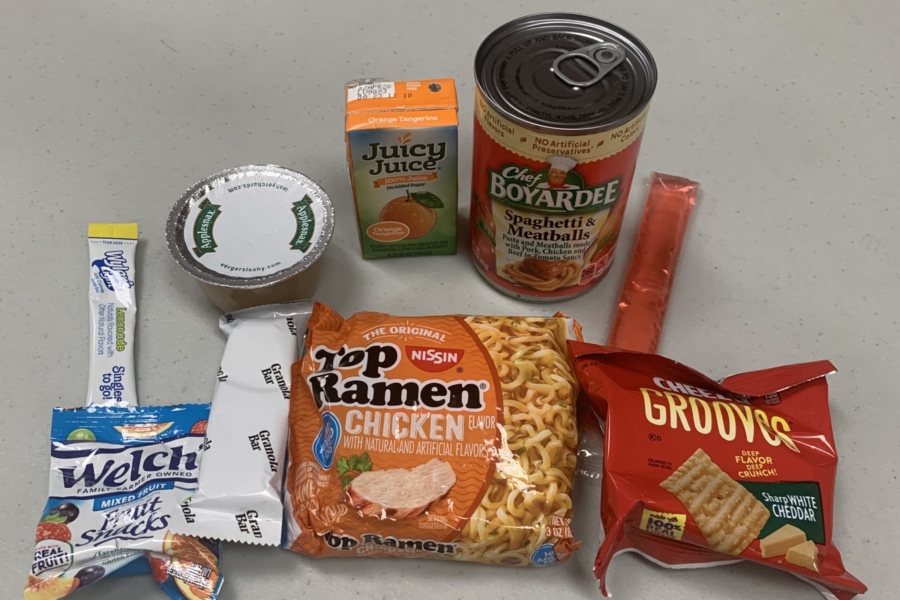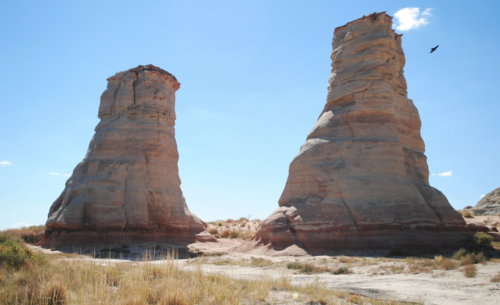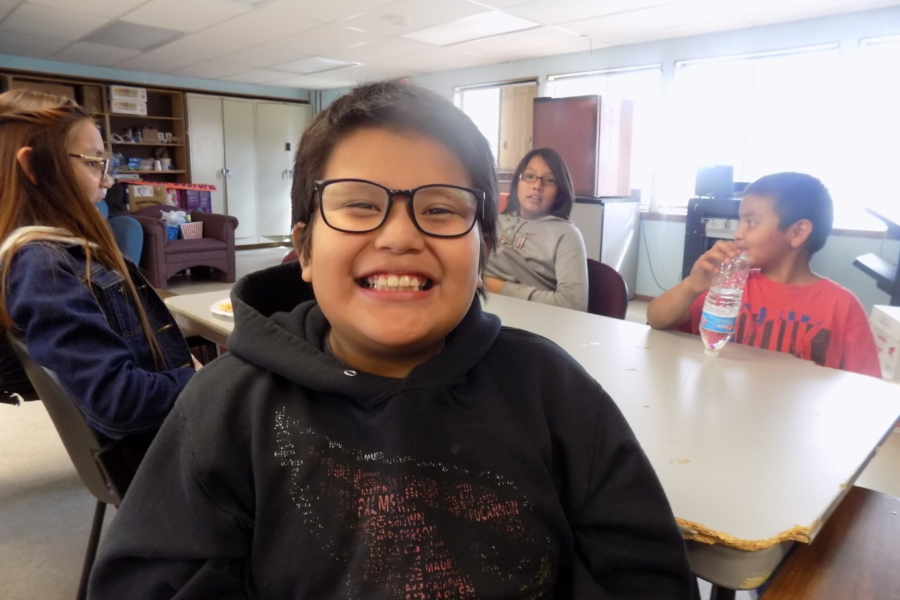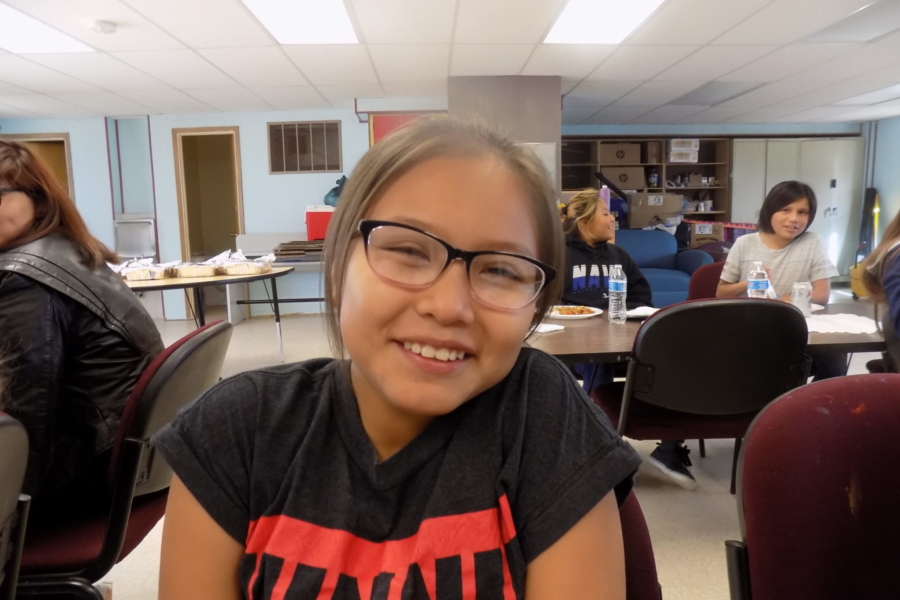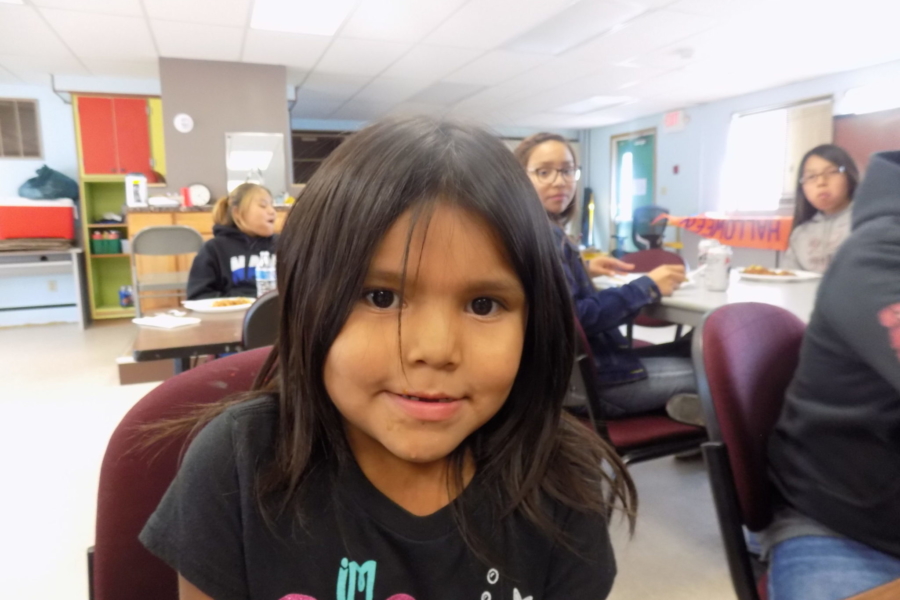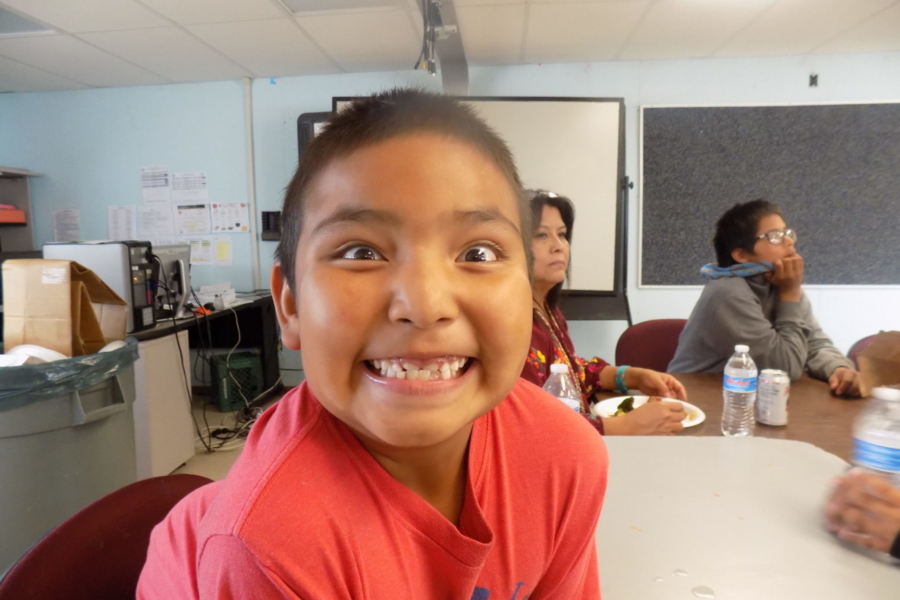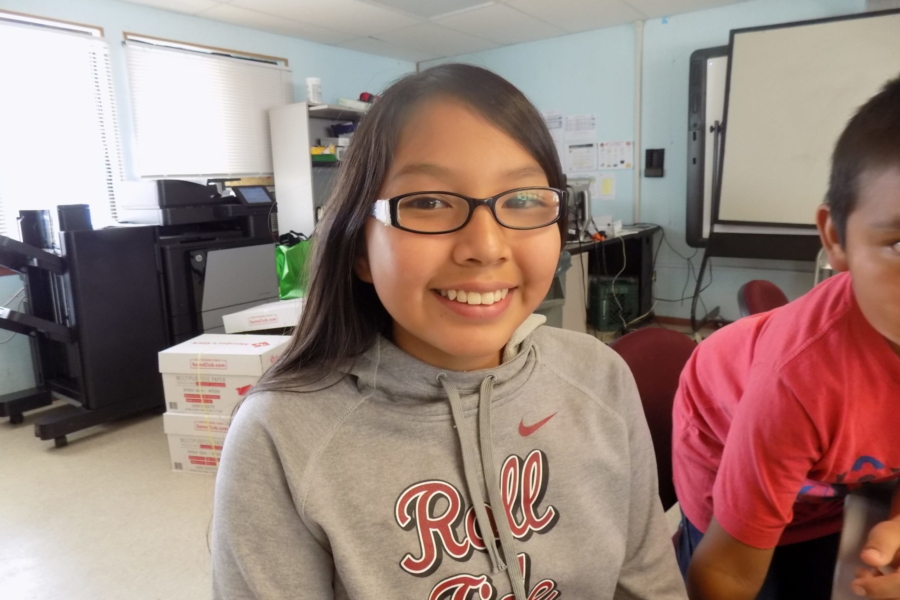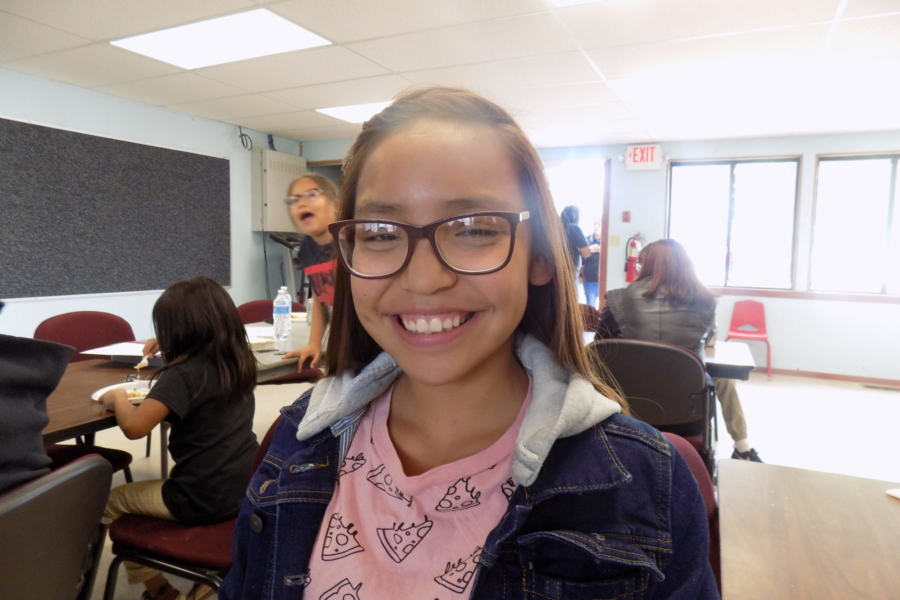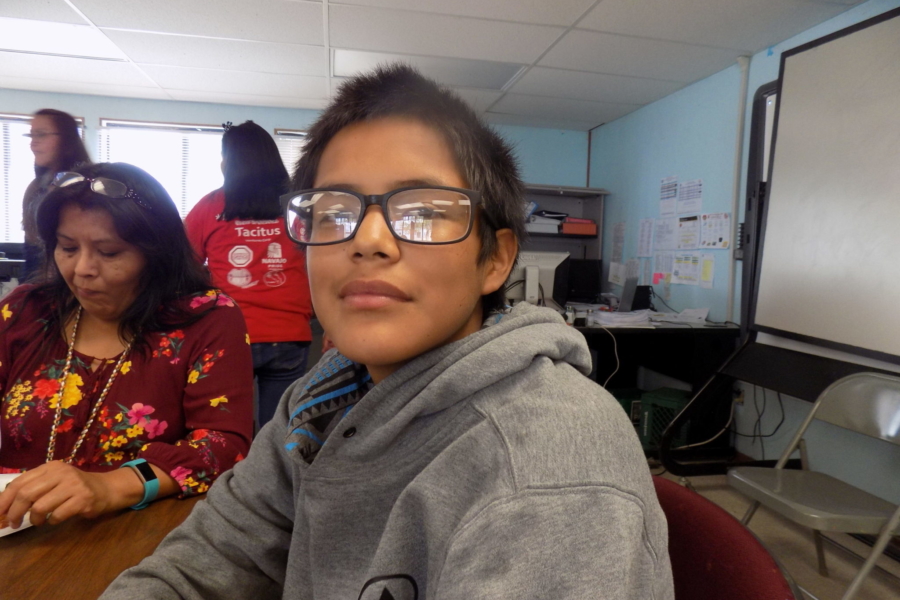During the COVID-19 crisis, so many of our sponsors and donors have contacted us to find out how they can help. The dedication to the children and families we support has been beyond amazing, and we are incredibly grateful for each and every one of our supporters who are concerned for kids in need at this time — and all year long.
Laura recently decided, that due to the COVID-19 outbreak, she wanted to donate half of her Arbonne sales to help children in our program.
Today we wanted to highlight one of our sponsors, Laura Knight. Laura wears many hats in her life — one of which is as an Arbonne consultant. Arbonne is a company that creates products focused around a holistic approach to health, beauty, and well-being. All products are 100% vegan, cruelty-free, and free of toxins and fillers. Arbonne is a Certified B Corporation which means it is held to the highest regulations of environmental impact, employee welfare, customer welfare, community impact, and company governance.
Laura recently decided that, due to the COVID-19 outbreak, she wanted to donate half of her Arbonne sales to help children in our program. I spoke with Laura on the phone recently to find out more about her work and how she became involved with Children Incorporated.
SC: Laura, tell us more about Arbonne and your work.
LK: My name is Laura Knight. I am a mother of two, a former elementary school teacher, a positive discipline educator, a mindfulness optimist, and an Arbonne consultant. I inspire parents to feel better about themselves, in their partnership, and with their children.
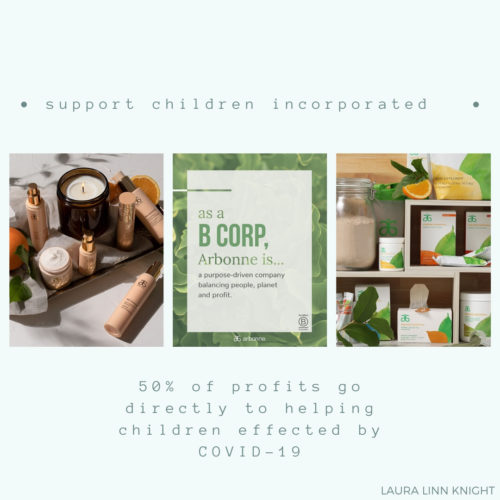 As a life-long teacher who cannot stop learning and sharing how to bring more joy into each day, I spend most waking hours helping parents and children find more moments of calm and happiness in the chaos of life. I do that through teaching parenting tools, mindfulness, and offering health and wellness products through my Arbonne business.
As a life-long teacher who cannot stop learning and sharing how to bring more joy into each day, I spend most waking hours helping parents and children find more moments of calm and happiness in the chaos of life. I do that through teaching parenting tools, mindfulness, and offering health and wellness products through my Arbonne business.
SC: What about Arbonne’s holistic approach to health and beauty do you feel is important for customers?
I started my Arbonne business because I was looking for a more like-minded community, but I fell in love with the multi-level marketing model because it affords our family a monthly opportunity to generate asset income. I also believe that it is my responsibility, as a consumer, to use my purchasing power to buy from companies that are ethical, sustainable, and doing good for the world, and Arbonne is just that.
Arbonne has been such a gift in my life, and I am paying it forward by donating 50% of my monthly sales to Children Incorporated.
SC: How did you find out about Children Incorporated?
After the shelter-in-place began, I was sitting at home in California with my two children – their bellies full of food and our home safe and warm. I began to reflect on all the children that are not enjoying their time at home right now. The children who rely on school lunches for daily food and who use their school time as a safe haven from the chaos of home life.
How could I help these children in need? What organizations were already doing meaningful work in this area? Luckily, I remembered my good friend and Mental Health Lead at Expedia, Laura DeCook, had been a sponsor with Children Incorporated for many years. I reached out to her and learned that Children Incorporated is making a huge effort to help children that are dealing with the effects of the COVID-19 pandemic.
I believe that all families should be supported so that they can give their hearts, attention and time to their children — this is how we continue to help the world — one kind act at a time.
SC: What about our organization made you want to help?
When I taught first grade and kindergarten, I saw first hand the effects that the home environment has on children’s wellbeing; the importance of not just meeting the material needs of children, but also the social and emotional needs. When I then became a parent myself, I learned another lesson in nurturing the whole child.
When parents lack the resources they need to meet the material and physical needs of their children, it puts extra stress on an already demanding job. I believe that all families should be supported so that they can give their hearts, attention and time to their children — this is how we continue to help the world – one kind act at a time.
I am helping Children Incorporated because, in the words of Mr. Rogers, “Anyone who does anything to help a child is a hero to me.” Children Incorporated is doing heroic work and it really is an honor to help.
SC: You are new to sponsoring a child with us. What about the sponsorship experience do you look forward to?
What has been most meaningful thus far is seeing the excitement of my seven-year-old son and five-year-old daughter. They can’t wait to write letters and send care packages in the mail to the child we sponsor. Sponsoring a child, of course, is a valuable gift to that child. It also has a profound impact on the family that is doing the sponsoring — teaching empathy and altruism. We are grateful for this opportunity to incorporate these deeper lessons on kindness into our family.
SC: This is a stressful time in all our lives. As an educator, can you offer some advice on how we all can take care of ourselves?
Healthy products are a great way to take care of yourself. When we eat in a clean way and use makeup and skin cleansers that are free of toxins, we are taking a great step towards our overall wellbeing. Another way we can support ourselves, especially in this time of stress, is with mindfulness.
There are some simple ways that you can start to cultivate a mindfulness practice (the keyword being practice, as the intention is to be patient and easy on yourself as you learn this new skill).
Breath
Before you get out of bed in the morning, bring your attention to your breath. Count 5 mindful breaths. Do this throughout the day.
Sound
Use everyday sounds to bring you back into the moment of the day. Do you notice the neighbor’s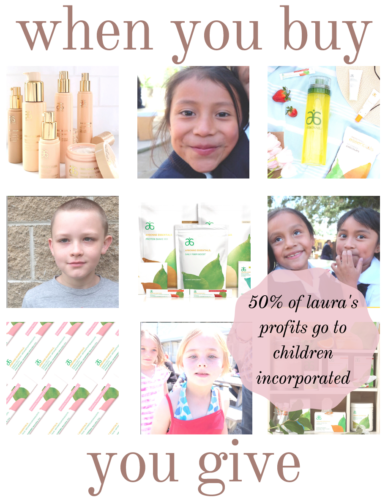 dog barking? Do you hear a bird chirping outside your window? Pause for a moment, what sounds can you hear right now?
dog barking? Do you hear a bird chirping outside your window? Pause for a moment, what sounds can you hear right now?
Eat
Pay attention to each bite of food. What does it smell like? How does the texture of the food feel in your mouth before you chew? What tastes do you notice on your tongue?
Observe
Sit for two minutes and observe your thoughts. Can you watch them float past like clouds in the sky? After you notice a thought, try to refocus your attention on your breath.
Heart
Develop a daily gratitude practice. Take a moment right now to write down 5 things that you are grateful for. Studies show that a daily gratitude practice enhances empathy and reduces aggression, improves your psychological health, and can even help you sleep better.
SC: Thank you, Laura! How can our readers find out more about you and your work?
You can learn more on my website, www.lauralinnknight.com. If you would like to purchase Arbonne products and have the donation go to helping Children Incorporated, please email me (lauralinnknight@gmail.com) and I will be more than happy to assist you. You can also find out more by reading the full newsletter in the link below. Thank you!

